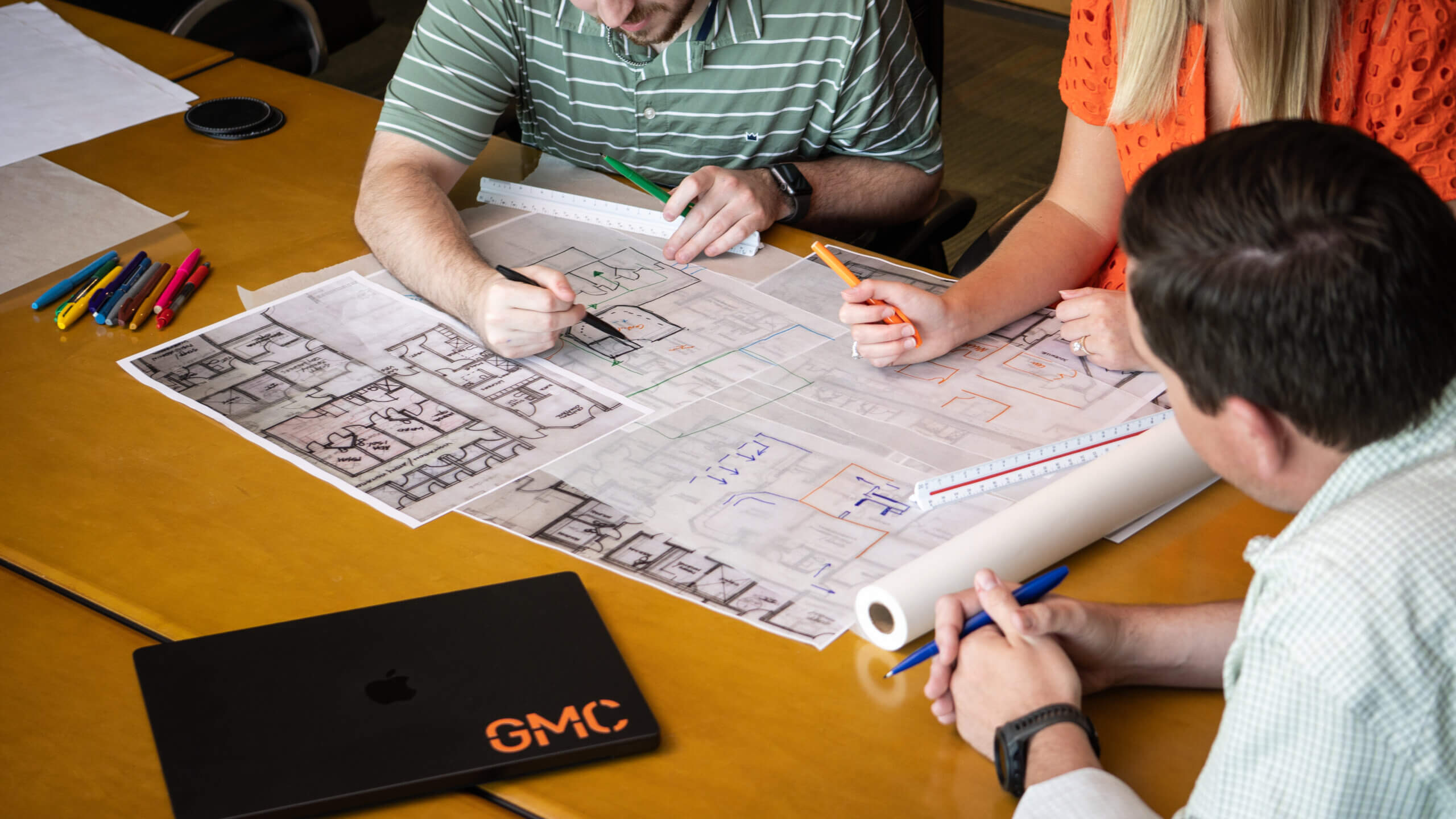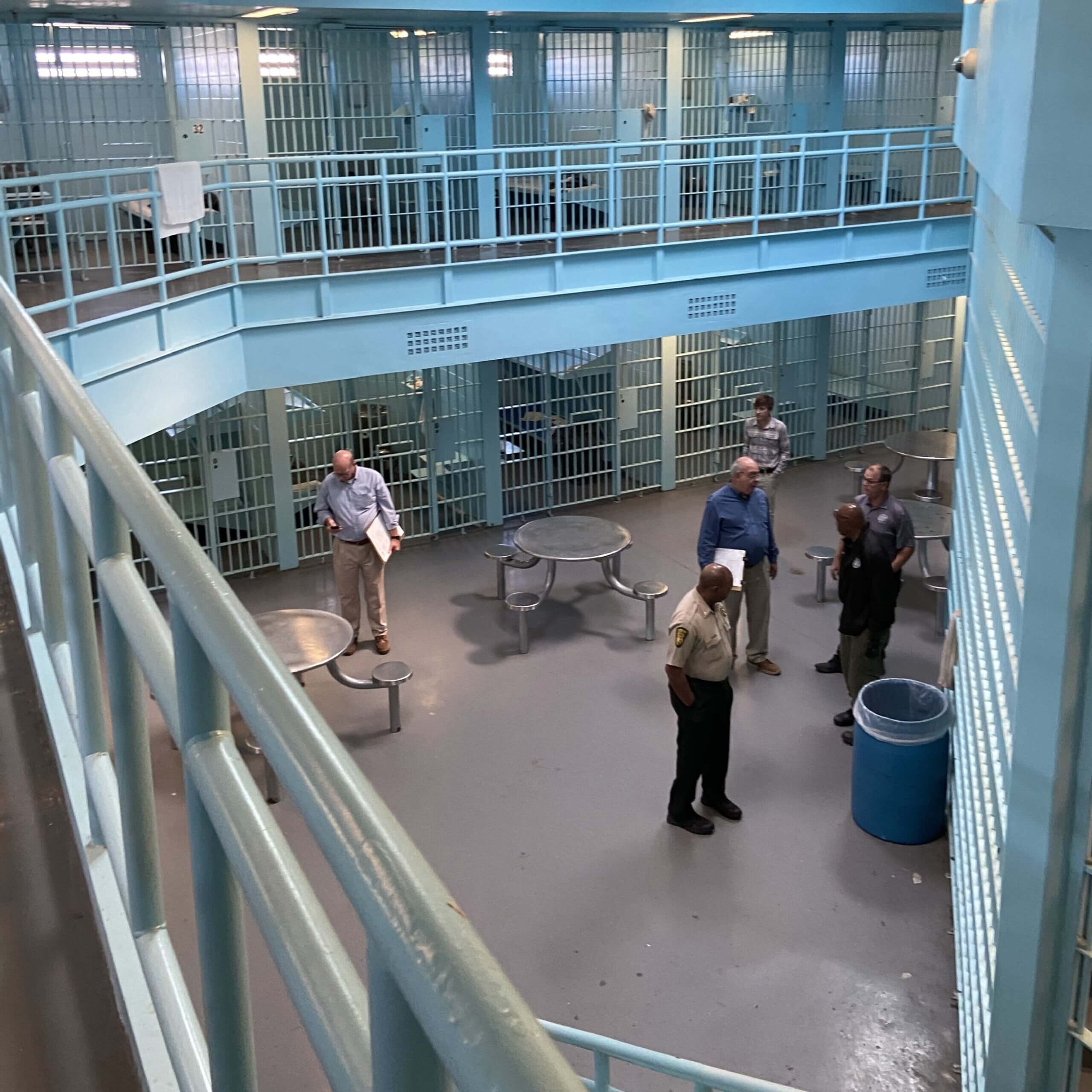Breaking down the process of making the ‘repair or replace’ decision for justice facilities.
Regardless of the industry, facility assessments are a vital tool for supporting organizations in achieving their goals, particularly for the future. For the corrections industry, however, the importance of facility assessments cannot be overstated. By looking at the current conditions of a facility, leaders can make informed decisions not only about future repairs, maintenance and further investments, but also to ensure the safety and security of those working and living in these facilities.
What is a facility assessment?
A facility assessment is the process of evaluating every piece of the physical infrastructure of a building itself. This is done to determine the existing conditions of the facility in terms of structure and support.
Why is it important?
Sometimes, it may seem like a new facility is needed, when in reality, the problem is inefficient use of the existing space. Other times, renovation may seem like the most viable option; however, assessment of building systems or aging infrastructure may prove otherwise. Without taking the time to fully assess an asset, how it’s being used and its current state, it can be difficult to make an educated decision about how to move forward.
A facility assessment is imperative due to the nature of correctional facilities, which are under constant use, are often outdated and may face overcrowding. A holistic evaluation of the facility is necessary to plan for the future. Through a facility assessment, recommendations are made to improve the facility and bring it up to current code, calculate the costs of renovations and repairs, determine the number of inmates a facility can house and, in more severe cases, highlight the need for construction of a new facility altogether. Facility assessments are an important first step to increase safety, well-being and efficiency in a correctional facility.
What does a facility assessment look like?
While the process may vary, Goodwyn Mills Cawood’s (GMC) approach brings together a team of experts from various disciplines, such as architecture, healthcare, physical security, electronic security, mechanical, electrical, fire protection, plumbing and civil engineering to evaluate the facility. With this assessment team, we do a deep dive of MEP, security, tension, layout, civil and water systems, observing and inspecting every piece of infrastructure. Conditions are documented in notes and photographs taken during walk-through visual inspections. This process is critical to collecting all necessary data to best support the assessment.
An evaluation report is created based on what was observed. The report lists requirements and recommendations on a point-based condition index. This serves as a priority list to highlight the top needs as well as those that are less pressing. With security being a top priority for corrections facilities, issues related to safety are often more heavily weighted to ensure these are addressed immediately.
By planning and designing with security at the forefront, potential threats can be eliminated. The facility assessment report helps to determine what needs to be replaced or renovated to best maintain security and safety.
From this report, we facilitate the cost and time for each of the items on the priority list for leaders to see how this can align with their allotted budget and timeline. This can help to support master planning as well as capital planning documents to properly plan funding for the facility.

Next steps
Oftentimes, following a facility assessment, a feasibility study is conducted to further determine next steps, whether it be renovations, a new structure or a new building. Programming of a facility is heavily considered in this process to have a full understanding of the needs of the facility and how it’s used. At GMC, we created a system of documents and templates to help adopt population trends into the future. Typically, a multitude of options arise and we work with the client to help them select the best option to mitigate their specific issues. Once a plan forward is determined, we investigate funding sources to best serve the community.
In practice:
In Burke County, Georgia, there were differing viewpoints on whether the county needed a new correctional facility. County leadership first approached GMC’s Justice team to perform a facility assessment to observe the conditions of the existing jail.
“There were a lot of opposing ideas on how the space should be used,” said Burke County Manager Merv Waldrop. “We wanted to have the assessment done because we knew the facility needed to be looked at holistically.”

The current facility was considerably limited in its ability to house inmates based on classifications. This meant there was not adequate space to properly provide for intake, medical, education and other necessary programmatic spaces for a modern facility. “We were told the facility had good bones,” said Waldrop, “but there was an issue with how it was being used.”
While a new facility was desired by some, through the assessment, it was determined that renovation could achieve the desired results while also being the most cost-effective solution. When walking the facility, the team saw that the building could easily be adapted into a modern facility that allowed for safety, security and function. The renovation is currently underway and will aim to solve the overcrowding as well as the programming issues.
While renovation was deemed most feasible for Burke County, it was a different story in a nearby county. Based on the findings of a facility assessment conducted by another firm years prior, the county had constructed a dorm addition to mitigate issues related to limited programming and overcrowding, as well as understaffing.
However, because the dorm design and location did not solve the issues above, the facility could not be used at all, deeming it obsolete.
To help remedy this situation, county leadership hired GMC to conduct a facility assessment of their entire campus, focusing on current function and design. The assessment showed the building’s infrastructure was past its life span and was causing deterioration and other issues to the structure that would require major and costly repairs.
Additionally, the facility lacked the required programs necessary to support a modern facility. Drastic changes would have to be made to allow for proper flow and function, as well as security and safety. The design, structure, and building systems would all need to be restructured and, therefore, more costly to renovate than build new. With all of that in mind, leadership decided a new jail would be the best option and a new facility is now underway.
By earning trust and gaining a true understanding of each client and their specific needs, we are able to effectively guide leadership through the facility assessment process. This process works to align improvements, planning and funding to best maintain the facility into the future. Facility assessments are more than just a checklist of things to do, they uncover the health of the building, offering actionable insights and data. Whether it leads to a renovation or a new building, a facility assessment helps inform decision-making for the safety of inmates, staff and the betterment of the community.

Hillary Morgan is the Vice President, Justice Architecture for Goodwyn Mills Cawood. She has more than 10 years of architectural experience in the education and corrections sectors and currently leads operations, administration, client relations and design and construction services for GMC’s justice projects.